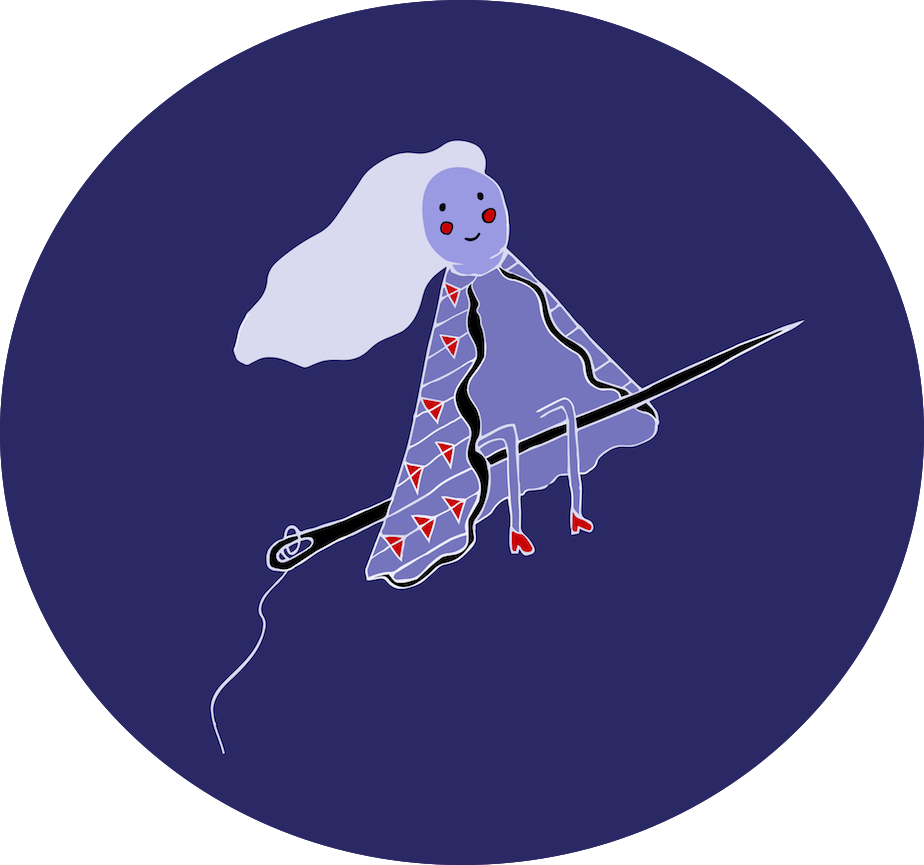The Wondrous Quilts of Rosie Lee Tompkins
When I go to an art museum and see that they have a quilt hanging in the contemporary section of the museum, I am always pulled to it. As a quilt maker, I know the ingredients required to make a quilt and the labor that goes into them. And these quilts obviously aren’t your average - not only are they fabric and thread, but they showcase visuals that rival the paintings, prints and sculptures that they are displayed next to. They sit at the crossroads of this historic craft deeply rooted in utility and reuse traditions and of fine art, a category they don’t quite fit in. Within this contrast, wonder arises. It feels like a bit of good troublemaking to see quilts next to paintings. Their history is so different, yet here they are, side by side.
Rosie Lee Tompkins is one of the most famous quilt makers whose quilts live in museums like the imagined one I described above. She was a widely-acclaimed African-American quilt maker and fiber artist based in Richmond, California. Her quilts are abstract, improvisational and incorporate traditional blocks as well as riotous mosaics. She used vivid colors, distorted shapes and historical and religious symbolism.
As a child in a sharecropping family in southeastern Arkansas, she helped her mother make quilts as a small child. She didn’t quilt seriously until the 1980s, while working as a nurse in the Bay Area. She was a very religious person and believed that God instructed her art making.
What I like most about her quilts is how the chaos seems to have an order that is rather hypnotizing. While looking at her quilts, my eyes ping pong from light to dark and from color to color. They are very narrative pieces and it is interesting to try to uncover the story within them. Her quilts feel risky and vulnerable, and they inspire me to make more bold decisions in my quilt making.





